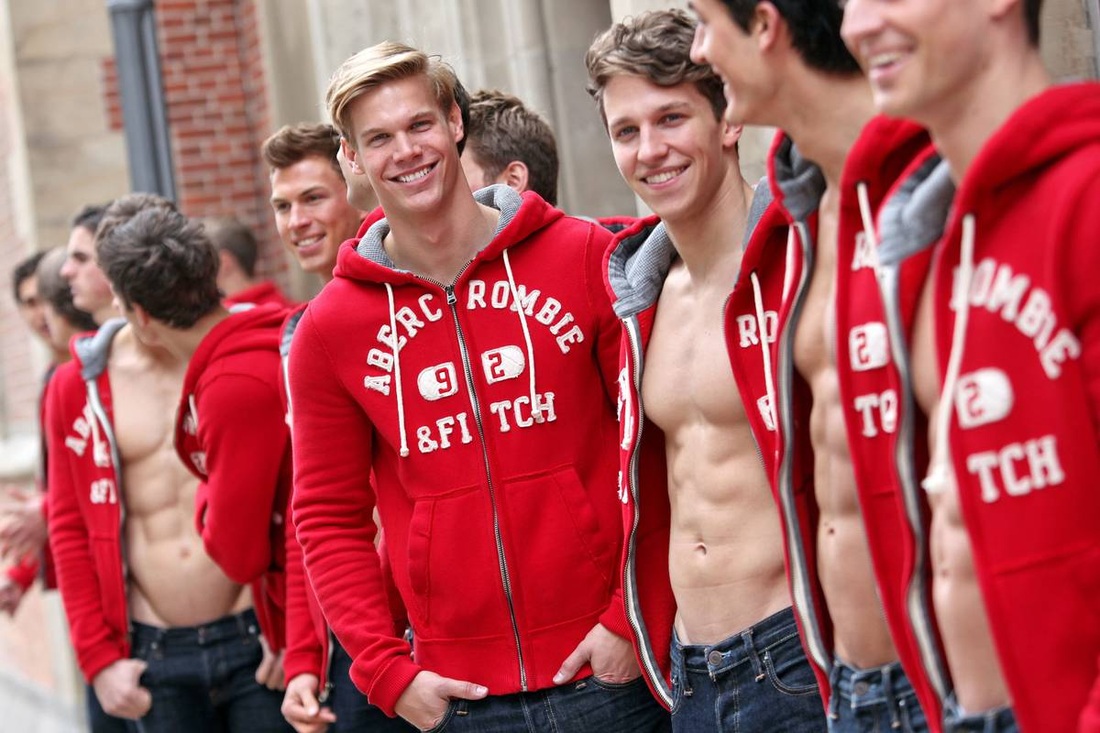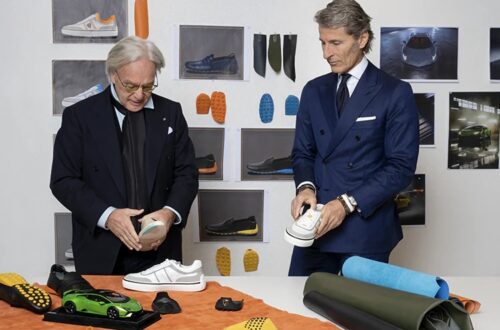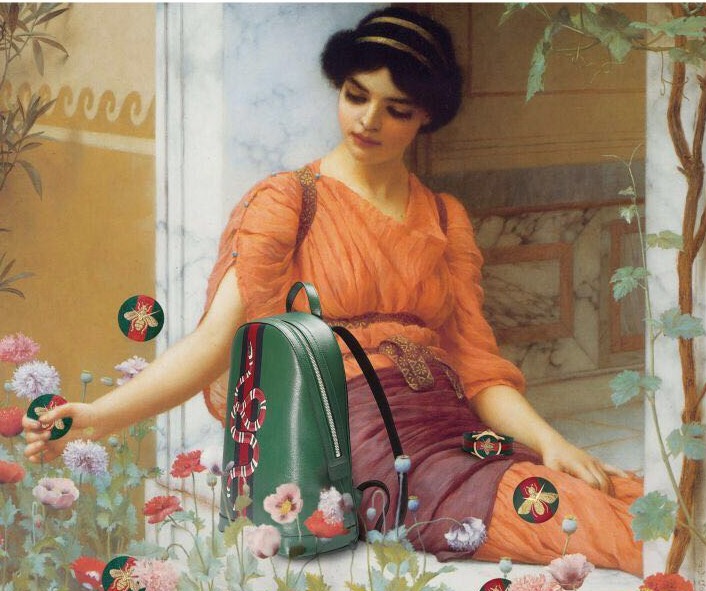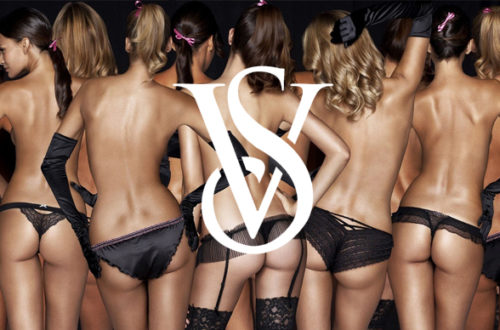Abercrombie & Fitch has (almost) disappeared. The well-known lifestyle brand of sporty and college clothes has been off the grid for years now, and despite several attempts to regain a spot in the market, it looks like fashion addicts have eventually moved forward. Today, indeed, it is extremely rare – if not impossible – to spot someone wearing the classic tartan branded shirt, undisputed icon of the label. However, that was not always the case: the Manhattan-founded brand has been dominant among kids and teenagers from the late 90s and for the entire first decade of the 21st century, before entering a downward spiral and collapsing under the burden of what were considered its own strengths.
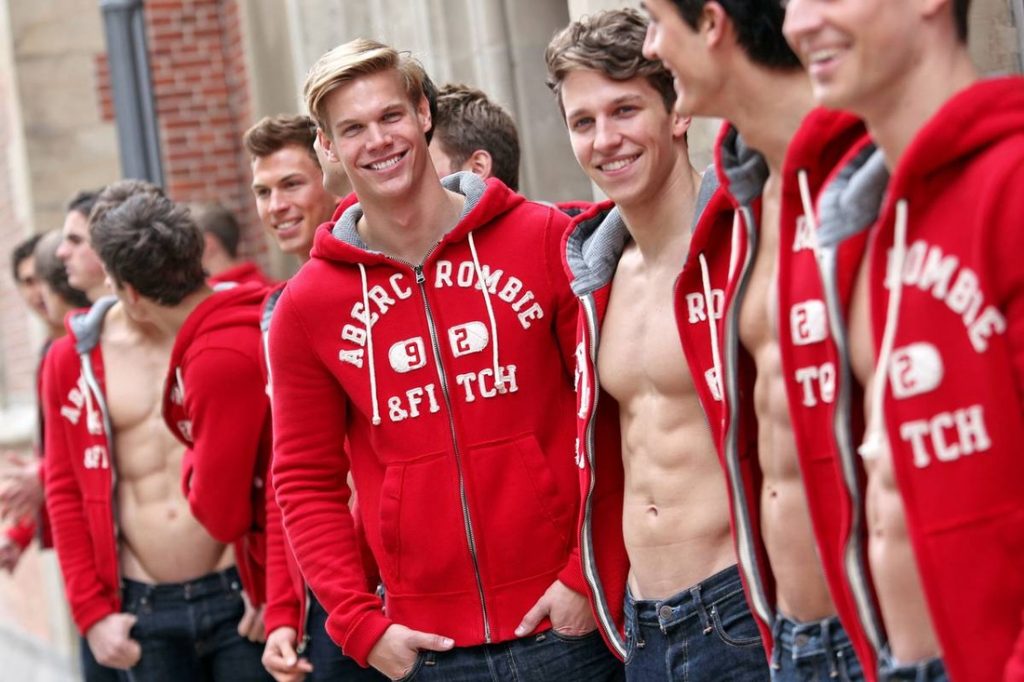
The vast majority of people, when thinking about Abercrombie & Fitch, cannot help but think about the intense yet sweetish scent spread all over the shops, the muffled light, the Californian vibes of lush plants and surfer pictures hanging on the wall, the blasting music and the iconic myriad of sculptural physiqued models ready to take pictures at the entrance of every shop. It was exactly this mishmash of ingredients that rested at the base of A&F’s success, giving the brand the competitive advantage that was needed to succeed in the market.
What A&F was selling to its customers went way beyond mere clothes, it was a pure experience. Its shops were like a place of worship for young teenagers: suffice is to think about the endless queues out of every store, such that the New York shop became a common tourist attraction when travelling to the Big Apple. To sum it up: were clothes important? Yes. Were clothes the driver of the hype? No. What people really wanted was to be part of the A&F community and be recognized as a member.
So, how is it possible that such a strong brand went from being at the top of the “most popular brand among teenagers” list to the oblivion? The reason is that they were not able to evolve and, especially, they were bearers of values that were in stark contrast with the cultural and social movement that was developing in the second decade of the 2000s.
Alongside its apparent success, indeed, A&F was challenged by multiple scandals that, little by little, undermined its image and the respect it enjoyed. In 2003, for instance, the brand was harshly critiqued for selling thong underwear for children with writings such as “wink wink” and “eye candy”. One year later, they were targeted by a class-action lawsuit from employees complaining about job rejections among black, Asian, and Latino people. On top of that, the peak of disaster was reached in 2013, when surprising declarations dating back to 2006 from former CEO Mike Jeffries emerged: “In every school there are the cool and popular kids, and then there are the not-so-cool kids. Candidly, we go after the cool kids. […] A lot of people don’t belong in our clothes, and they can’t belong. Are we exclusionary? Absolutely.” The deeply rooted discriminating values that until that moment were somehow hidden behind the slick façade of the brand eventually emerged. People, inspired by inclusionary and body positive movements, could no longer accept that only a niche of teenagers complying with canons of classical beauty could wear A&F clothes.
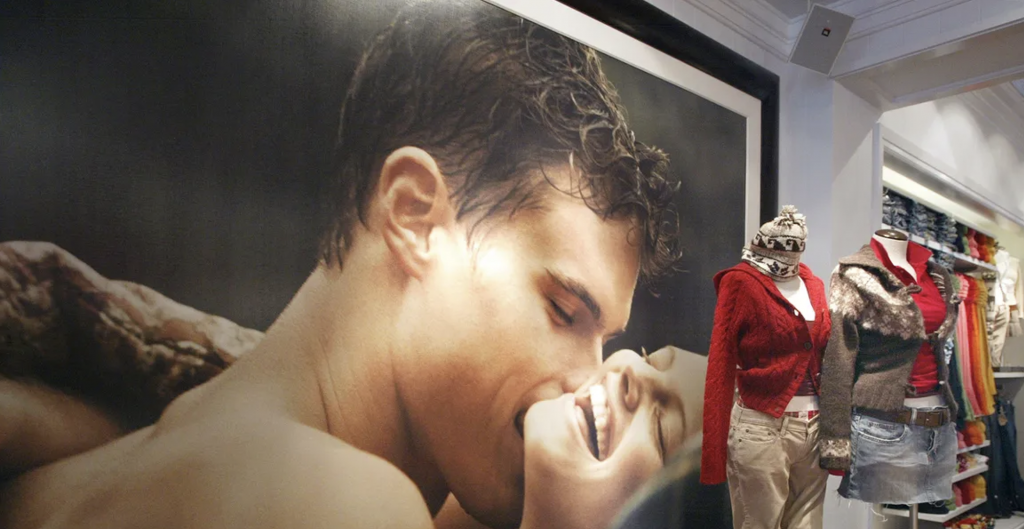
The consequences of the decline? Over 400 shops closing worldwide during 10 years, tons of redundancies, and revenues constantly decreasing from 2012 to 2017, all indicating a brand strategy completely up to review. The new CEO, Fran Horowitz, designated after the constructive dismissal of Mike Jeffries (2014), introduced drastic changes to restructure brand image. First of all, she decided to remove the giant logos from t-shirts and sweatshirts, catching up with latest trends and trying to lose the association with the previous values of the company. Then, shirtless models disappeared both from the store and the bags, following several inclusive campaigns starring people of different origin, sex, religion, and size. What the brand was finally trying to say to its customers was: “I value you, I appreciate you, and I support your own uniqueness”. Ultimately, she completely redefined the format of the store: no more deafening music or low lights, but bright, harmonious, and smaller boutiques where people could fit in, along with a seamless shopping experience to adapt to the digital transformation occurring on the market.
Were these successful moves? Partially: A&F’s revenues went through a slight recovery from 2017, with ups and downs from quarter to quarter, but they are still far away from the levels reached in their “golden decade”.
How is the brand going to evolve? We don’t know. What we know is that its cultural impact shaped a brief, yet legendary, era.
By Mattia Segantin

